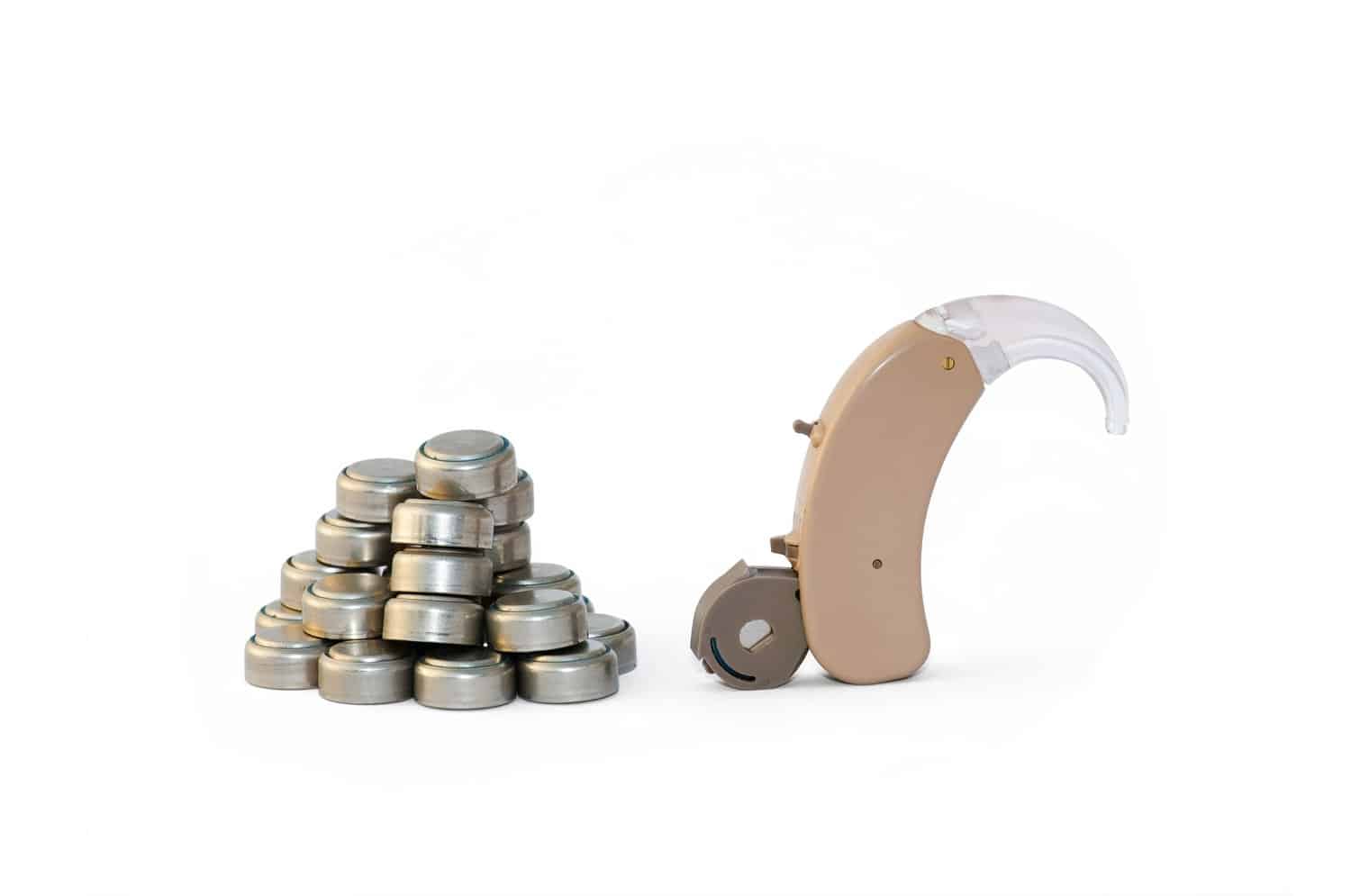In theory, re-chargeable hearing aid batteries are a great idea, but in the past, this theory hasn’t always worked out. Early rechargeable hearing aid batteries were so large they could only be used in over-the-ear type hearing aids. They also took hours to recharge and, even then, didn’t hold a charge for very long. The best models only lasted around 5-6 hours–not the 12-14 hours the average hearing aid wearer needs.
Benefits of Rechareable Hearing Aids
Recent advancements in hearing aid technology have impacted the size, battery life and other components. As a result, rechargeable hearing aid batteries are, in many cases, not only a good idea, but a great eco-friendly and cost-efficient option.
For example, a binaural (both ears) hearing aid user will go through an average of 300 disposable batteries in 3 years. The cost of replacing these batteries would be between $300-400. During that same 3-year period, a rechargeable hearing aid user would have gone through an average of only 6 rechargeable batteries, costing between $100-200.
Another benefit of rechargeable batteries includes having to open fewer tightly-sealed hearing aid battery packages, which can often be a challenge for those over 70 (who just happen to be the primary wearers of hearing aids).
There are various types of hearing aid rechargeable batteries. Some of the newer rechargeable hearing aids don’t even have to be opened. Hearing aid wearers simply place the entire unit into the recharging station overnight. Other chargers make it unnecessary to return home to recharge the batteries. They consist of a portable battery-powered pen-sized charger that can be taken anywhere
And the Winner is…
Rechargeable batteries are a viable option for hearing aids–one that can help you to save money and the environment. And you can always revert to disposable batteries in a pinch. If you don’t have access to your charger, just pop in a few disposable batteries in the meantime.
Want to learn more? Check out this article to learn the “why” behind most hearing aid problems.

